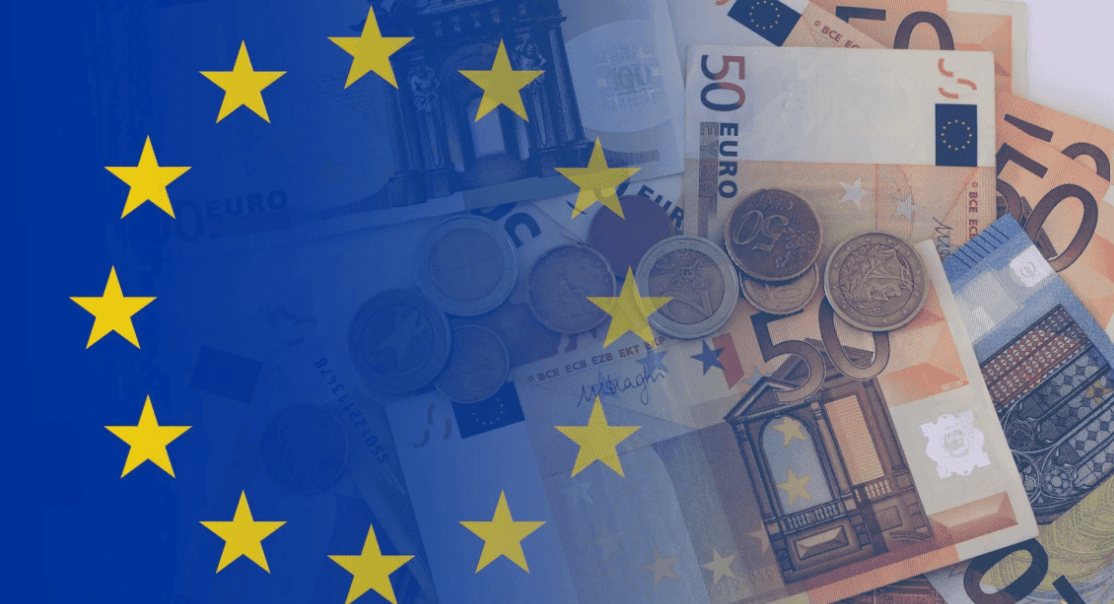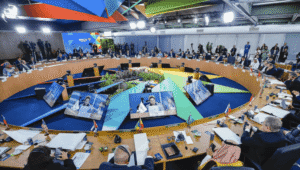Macroprudential policies have been part of the standard toolkit for central banks since the Global Financial Crisis. This column estimates the effect of macroprudential policies on real growth of 23 manufacturing industries across 89 countries. Macroprudential tightening measures negatively impact manufacturing growth, but only for industries with high external finance dependence. This effect is stronger for advanced economies, and it persists over several years. However, macroprudential policies can also have a positive growth impact, for example during banking crises and during the Covid-19 pandemic.
Macroprudential policies have been increasingly used since the Global Financial Crisis (Claessens et al. 2018). Prudential policies are now part of a standard toolkit for central banks to manage the business cycle and improve supervision (Wedow et al. 2022). Therefore, there is a necessity to measure the advantages and downsides of these policies. The goal of macroprudential policy is to control systemic risk and reduce the likelihood of financial crises, though this may come at the cost of reducing credit (Laeven et al. 2015, Maddaloni et al. 2022). However, there are few studies that estimate the growth effects and downsides of macroprudential policies.
Previous literature has found that macroprudential policies are effective in controlling excessive credit and house price growth (Gelos et al. 2023). However, causal effects of financial policies on aggregate output growth are hard to find, since regulators consider the impact of their decisions on the economy (Kim and Mehrotra 2022). Estimates of the effects of macroprudential policies on output and inflation are therefore found to be imprecise and their costs are unknown (Schularick et al. 2018). Therefore, many questions remain about the optimal use of macroprudential policy (Gelos et al. 2023).
Finding a causal effect of macroprudential policies
In a recent paper (Madeira 2024), I estimate the effect of macroprudential policies on the real growth of 23 manufacturing industries across 89 countries for the period 1990 to 2021. This analysis combines industry growth data from the United Nations Industrial Development Organization (UNIDO) with a comprehensive macroprudential policy net tightening index from the IMF (Alter et al. 2019).
To find the causal effects of prudential policies, I estimate a difference-in-differences model of real industrial growth. I control for several macroeconomic factors (such as GDP growth and inflation) and industry-country and time fixed effects. Each industry represents only a small share of the national GDP. Therefore, microdata analysis avoids reverse causality issues, as aggregate outcomes such as banking crises and prudential policies happen independently of activity in these small industries (Dell’Ariccia et al. 2008).
Finally, I analyse how the effect of macroprudential policy on growth changes with the external finance dependence (EFD) of each industry. EFD refers to the degree to which an industry needs outside capital. It is measured by the fraction of firms’ capital expenses that cannot be covered by past corporate earnings and thus must be financed from external sources (Rajan and Zingales 1998). Industries with a greater EFD should be more affected by financial regulations, since their firms need to request funds from banks or asset markets to invest in their activities.
I find that macroprudential tightening measures negatively impact manufacturing growth, but only for industries with high external finance dependence. This effect is stronger for advanced economies, and it persists over several years. Policy easing during banking crises has a positive growth effect. Furthermore, prudential policies implemented before the Covid-19 pandemic mitigated the fall in growth.
Effects of macroprudential policies on industrial growth across countries
The industry-country panel data model is estimated across different country samples, including: (i) all 89 countries, (ii) advanced economies (AEs, 35 countries), (iii) emerging markets (EMs, 29 countries), and (iv) low-income countries (LICs, 25 countries).
Figure 1 shows the effect of macroprudential policies on the real growth of industries with full EFD (that is, industries that fund all their capital expenses using external funds). These are consistently negative across the samples. The results are economically sizeable and persist over three years. In addition to the annual frequency results, the figure also shows the coefficients from regressions with five-year periods, which can be interpreted as a long-term growth impact of prudential policies.
Figure 1 Effect of macroprudential policy tightening on real industrial growth


Notes: Value in the current year (t), previous year (t-1), two years before (t-2), and total (sum of t, t-1, t-2) across country groups. Long-term policy tightening coefficients from regressions with five-year periods are shown, with effects for the current and previous half-decades.
The results differ by the EFD of each industry. For industries with full external dependence (EFD=1), there is a reduction in growth of 0.3%, 0.2%, and 0.35% for each macroprudential tightening implemented in the current year, previous year, or two years before. Each case of policy tightening reduces industrial growth by 0.9% over a three-year period. Across country groups, each prudential tightening reduces growth by 1.1%, 0.7%, and 0.8% for advanced economies, emerging markets, and low-income countries, respectively, over a three-year period. Advanced economies are the most affected country group and experience the fastest impact, with a strong reduction in growth observed in the first year and still having an effect two years later. Emerging markets only experience a growth effect in the first two years. Low-income countries only experience an effect after two years, possibly due to delayed implementation of the policies.
Prudential policy effects during normal periods, banking crises, and the Covid pandemic
Figure 2 shows that prudential policy is powerful during crises. A policy easing (that is, a negative net tightening) has a total positive effect on growth of 4.9% over three years during a banking crisis, a much larger impact than the 0.7% growth effect in non-crisis periods. Macroprudential policies had a positive impact during the Covid-19 pandemic, possibly due to their effect in attenuating the economic and financial cycle prior to the pandemic. Each net policy tightening had a 0.8% increase in growth over three years during the pandemic, while before the pandemic it implied a 1% reduction in growth.
Figure 2 Effect of prudential policy tightening on real industrial growth across periods


Notes: This figure shows the effect on real industrial growth of a prudential policy tightening across periods (no crisis, banking crisis, before pandemic, Covid pandemic). Coefficients for policy tightening in the current year (t), previous year (t-1), two years before (t-2), and total period.
Policy implications
I find that macroprudential tightening measures negatively impact manufacturing growth, but only for industries with high external finance dependence. This effect is stronger for advanced economies. The effects are attenuated during periods of high private credit growth. However, macroprudential policy can also have a powerful positive impact. Macroprudential policies implemented before the pandemic had a positive effect on industrial growth. Furthermore, policy easing during banking crises has strong effects. Thus, the costs to some industries incurred during good times may be an insurance policy that allows for better outcomes during times of crisis. This work calls for a deeper analysis of the trade-offs in the use of prudential policies.
Source : VOXeu



































































